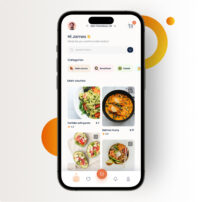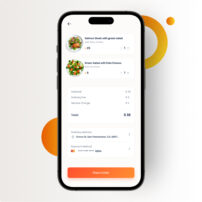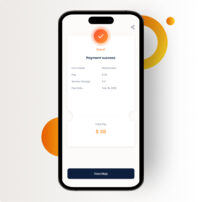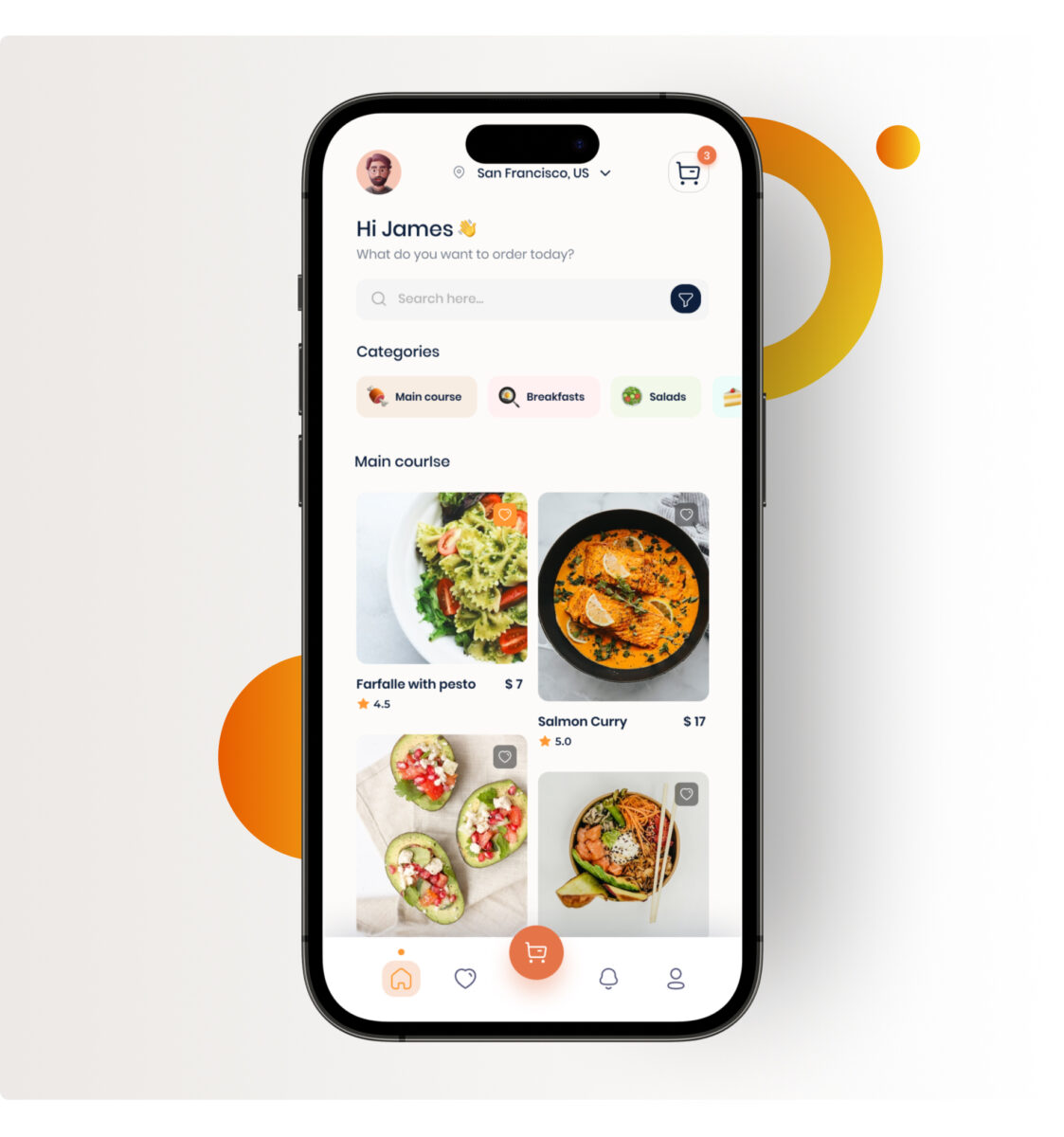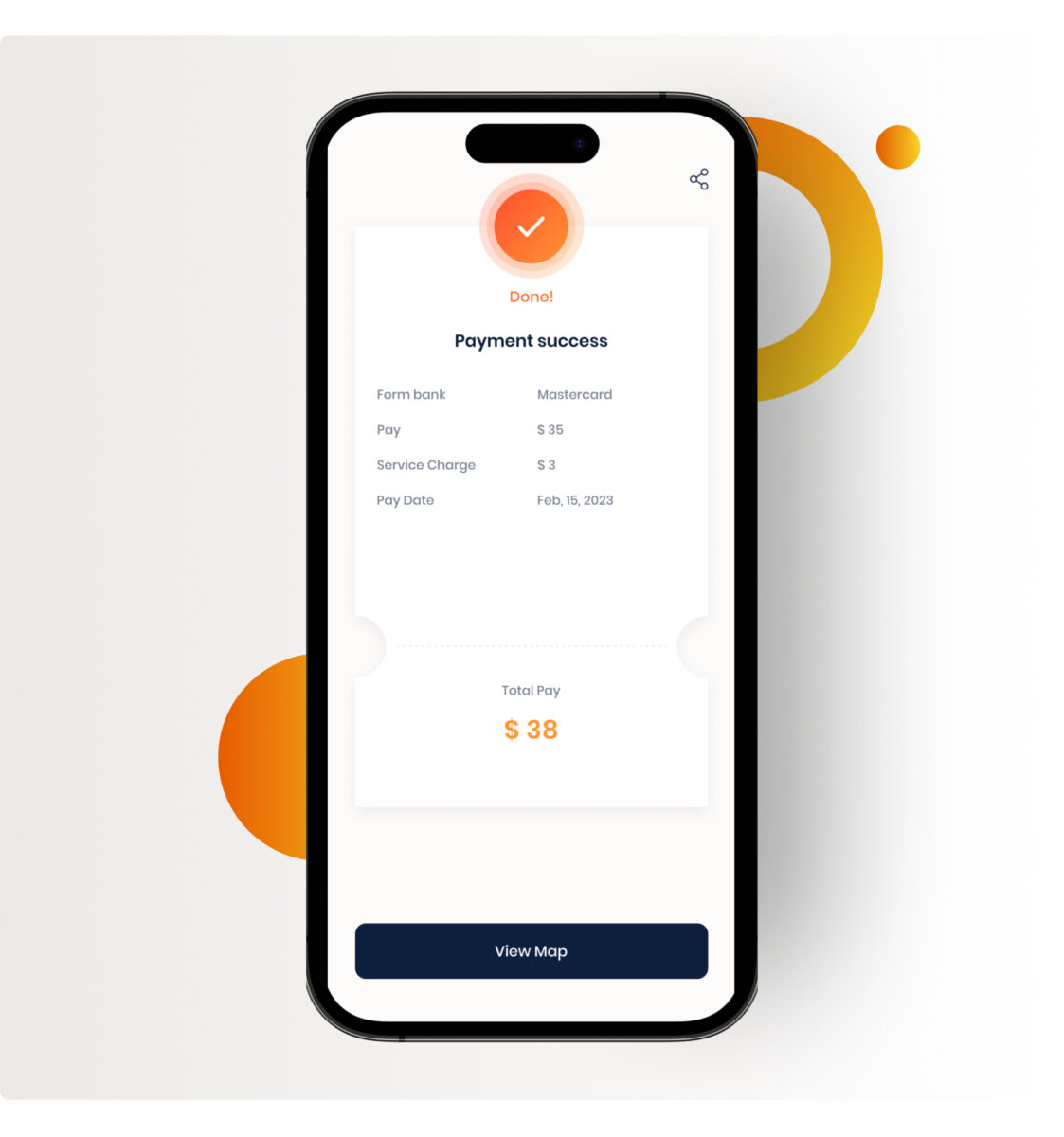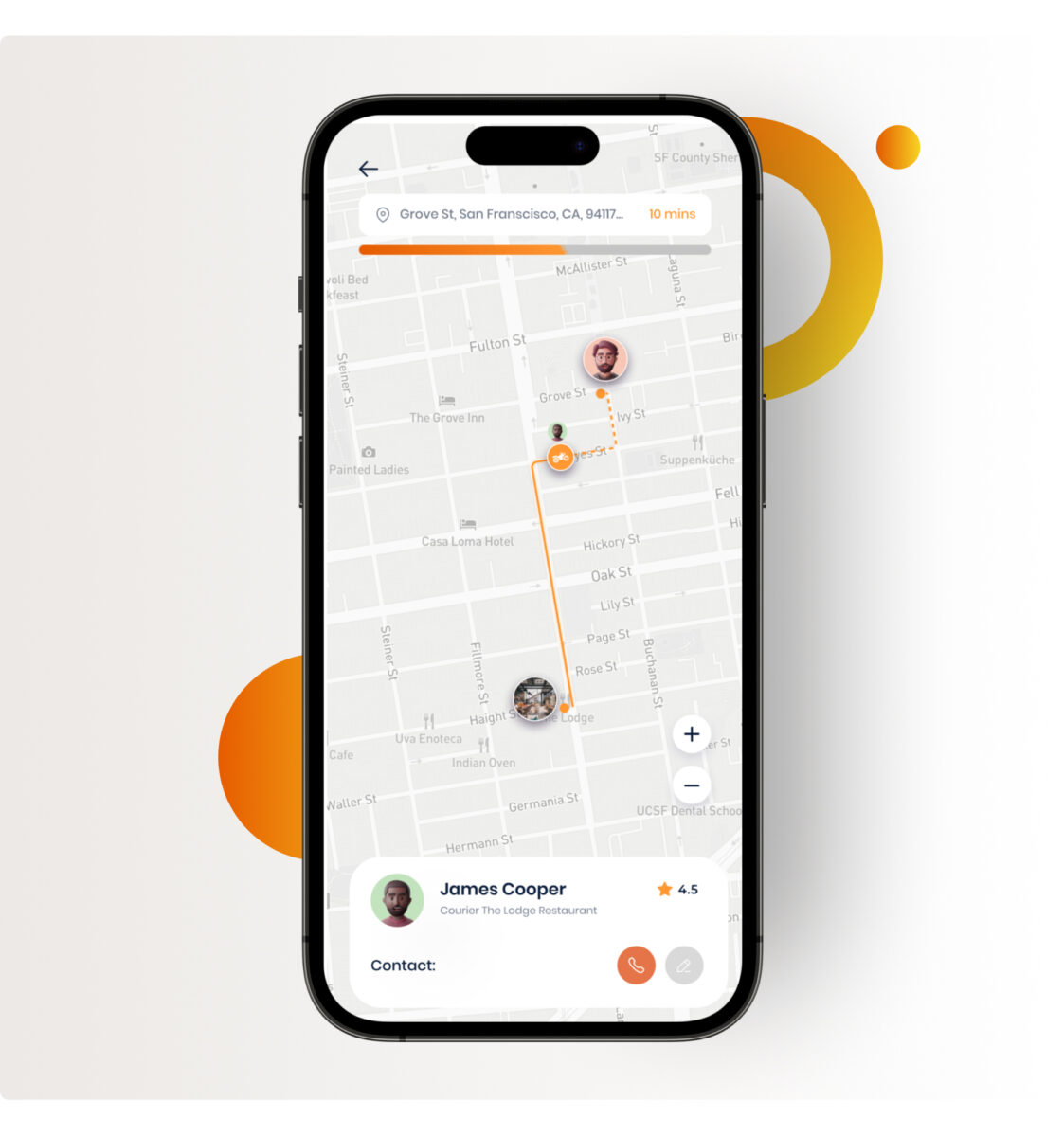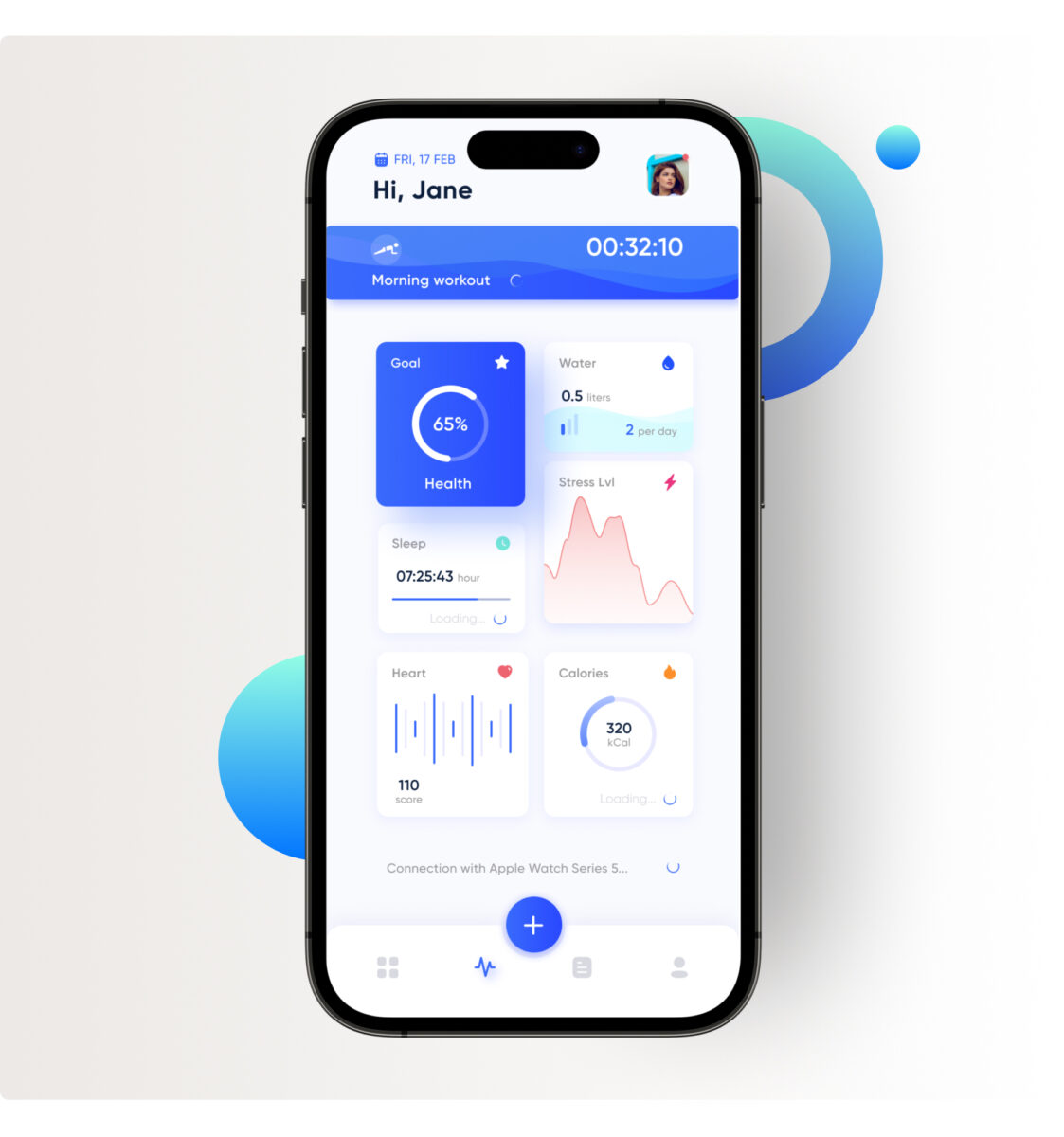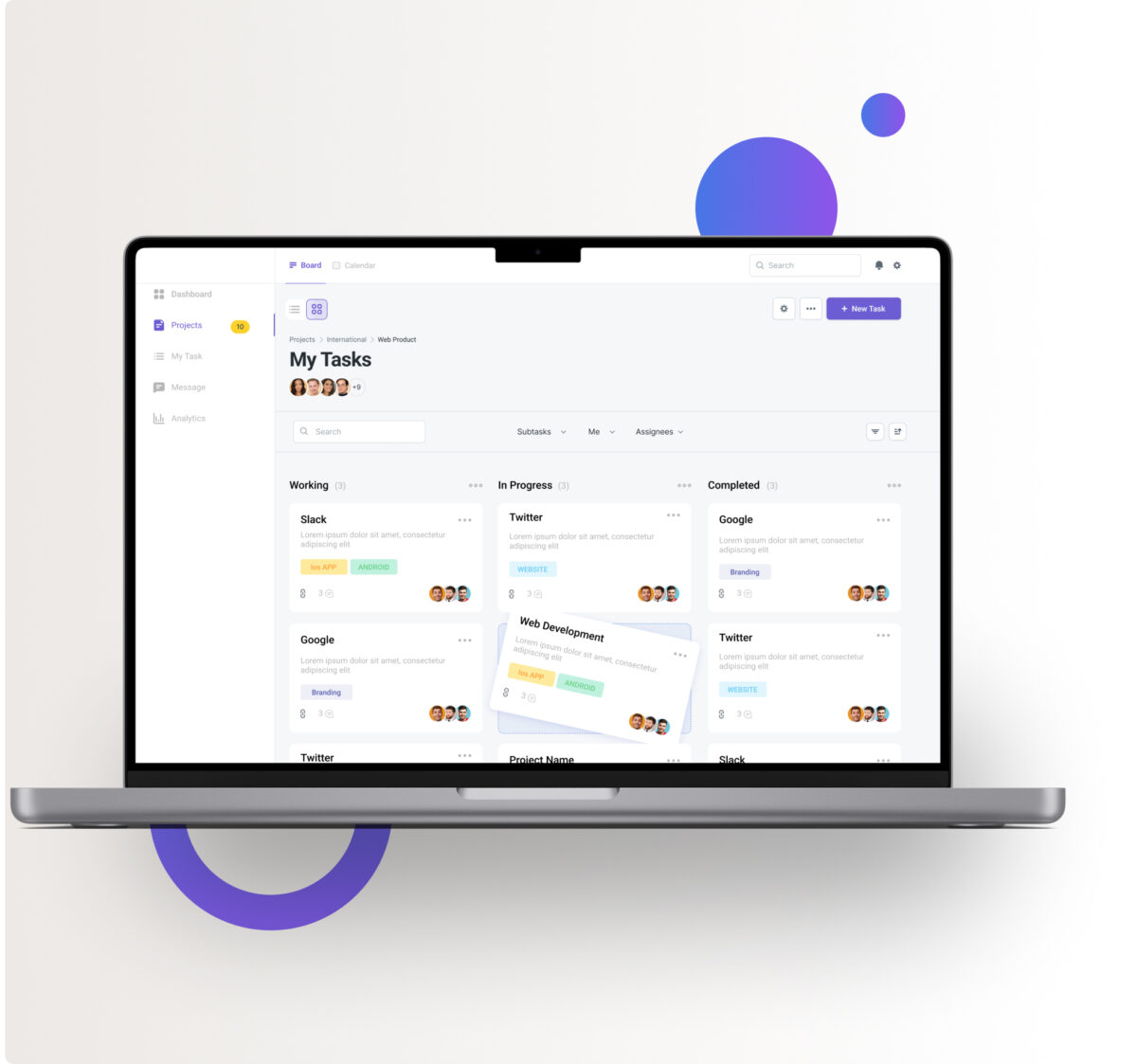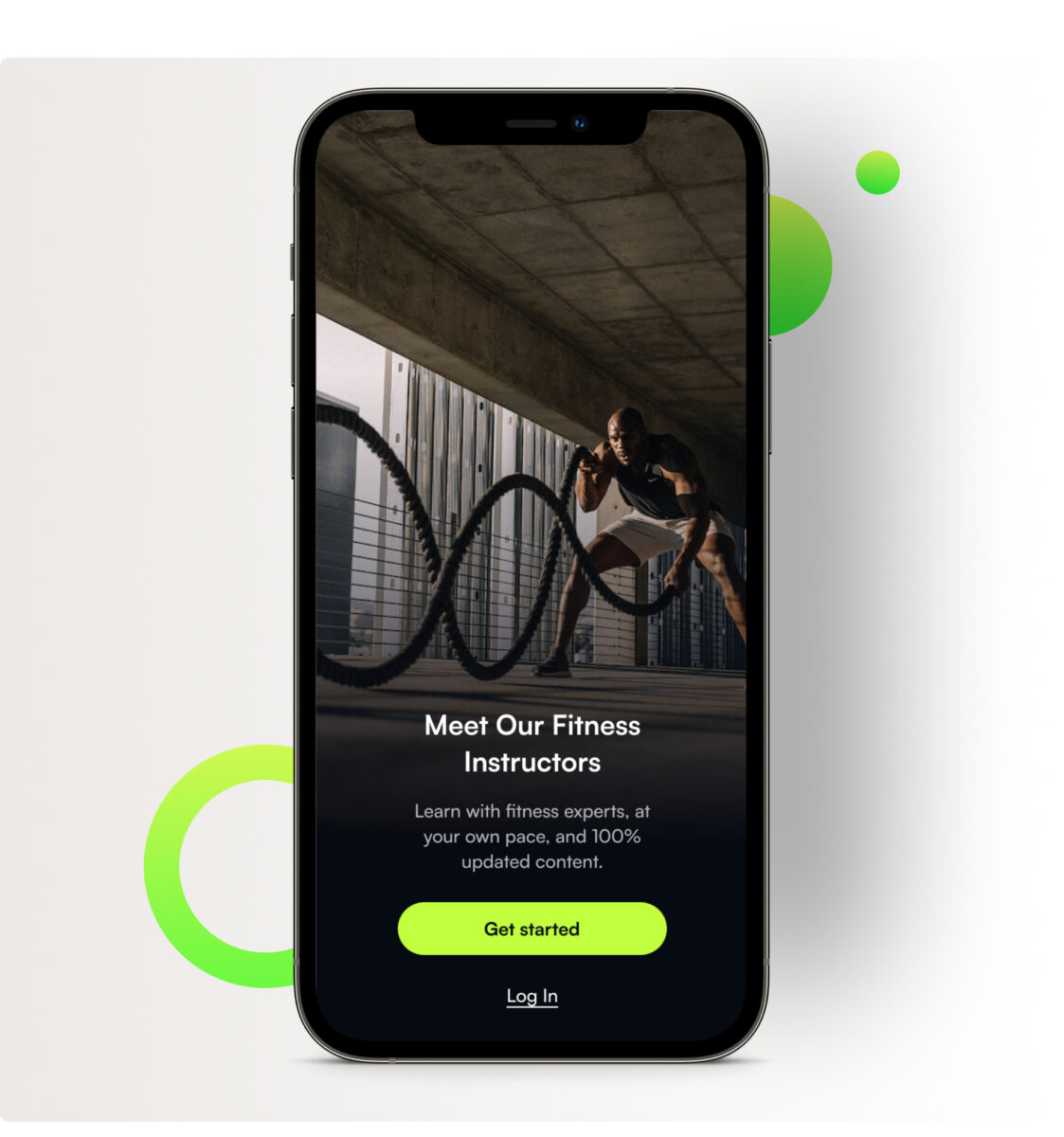Development
RESTAURANTS ORDERS PORTAL DEVELOPMENT
/* Project about Revolutionizing Restaurant Operations with an Online Solution: Managing Orders and Deliveries in the Age of Pandemic */
Challenges
For a client owner of a restaurant, we have developed an online solution (portal) that helps him to handle and manage clients’ orders. In the recent pandemic outbreak – many clients have started ordering food online and avoiding sitting inside restaurants. Also, in some periods, there were government restrictions for gatherings, and many restaurants and cafes were closed completely. These reasons forced our client to create an online solution that enables him to post the complete menu online and accept and handle customers’ orders and organize food delivery.
A specific requirement for us was the three particular options allowed for the customer’s inquiries:
- Accepting customer orders and delivering the food order (delivery charges will apply).
- Accepting orders from customers and allowing them to pick them up in person (this will not imply delivery charges).
- Allowing the customers to reserve a table inside by indicating the time of arrival. In this way – the client can even choose particular food from the menu that will be prepared, thus not losing time in waiting.
Other specific features that were required:
- Clients need to enroll (create a profile) in the portal by entering their personal and contact information.
- Drivers (delivery operators) will be external providers (not employed but affiliated with the restaurant) and will need to have access to the portal to get delivery inquiries.
- The customers are able to rate/ review the restaurant, as well as the delivery process. Also – the restaurant can “blacklist” a customer in case of no appearance or a fake reservation.
- The owner asked for periodic reports (daily, weekly, monthly) about the total orders made, the location of the customers’ orders made, etc.
The localization features (described below) were quite important in this project, as they implied different delivery charges based on the customer’s location.
The software needed responsive design, which meant that it could open, display, and run smoothly on different devices and screens (PCs, laptops, tablets, and mobile phones).
Project details
The main features we developed within this restaurant orders project include the following:
- The restaurant owner can upload food items and a complete menu, including textual descriptions, images, and prices.
- The restaurant owner defines the working hours for the facility, including the hours for delivery and pick-up requests.
- The software logic triggers the delivery operator to pick up and deliver the order, but the restaurant owner is able to contact him directly.
- The restaurant owner receives payments via the system and also gets custom reports about the revenue (weekly, monthly).
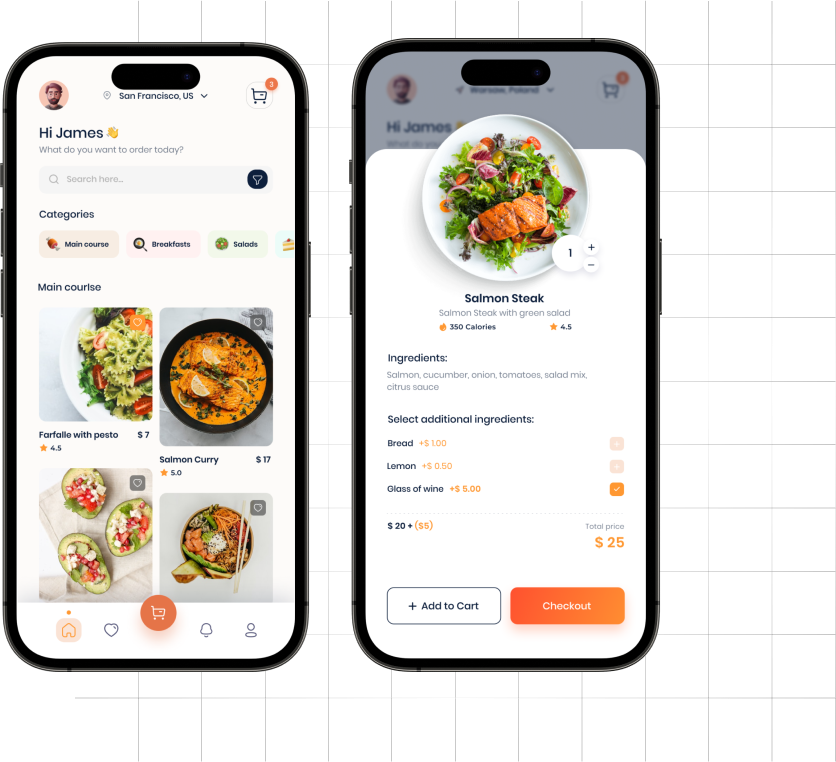
Fig. 1. Select food to order wireframe.
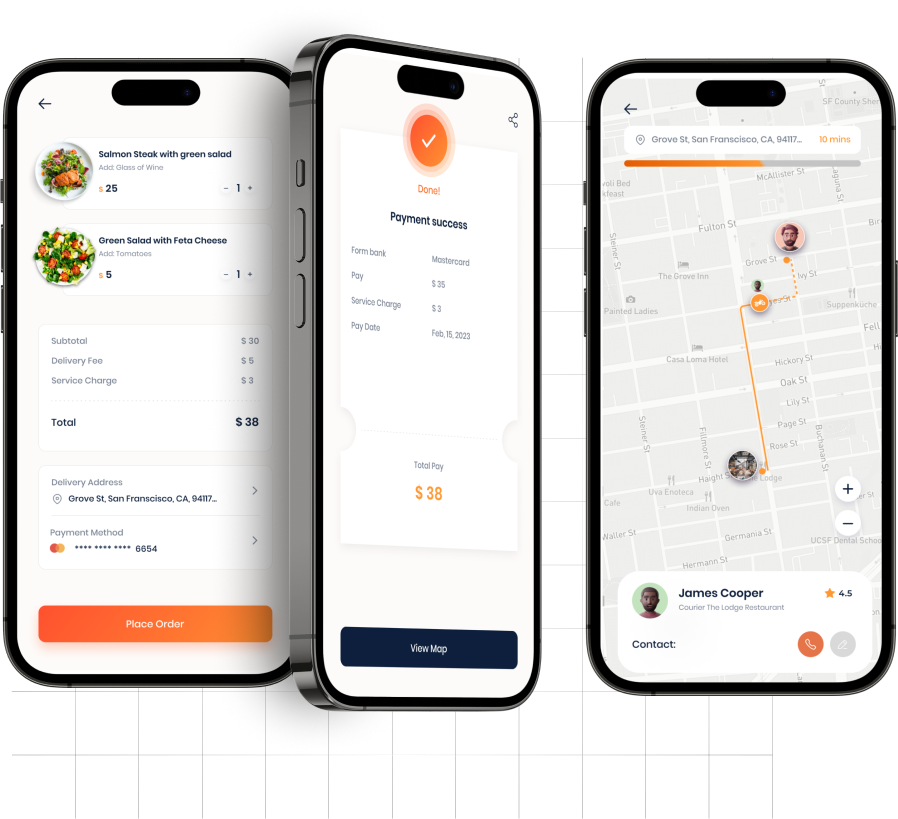
Fig. 2. Select the location for delivery and checkout/ payment.
- The customer enrolls (registers) within the portal and enters his (her) personal and location details (address). The customers can browse food menus without login in, but they can place orders only as logged in.
- The customer selects items from the menu, places them in the cart, and pays for the order. Also – s/he can choose an option to pick up the order directly from the restaurant or to reserve a table and eat inside it.
- The customer can enter his review (rating ) of the restaurant (a separate review is given to the delivery operator).
- The delivery operator (driver) gets alerts from the system that an order has been placed, gets the address of the customer, the expected time of delivery, and possibly the optimal route for driving to the customer’s location.
- The delivery manager will obtain daily payments for the realized deliveries. The Restaurant delivery platform will allocate 50 cents/ km to the delivery operator. The assigned driver will report daily the covered distance (passed kilometers).
- The Restaurant owner will receive payment on his account associated with our website (and payment processor). He will see the payment on his account – once the client’s signature is captured by the driver. (The payment will be processed the next banking day).
Features related to localization there were implemented:
- The Restaurant owner can define the geographical area from where the customers can enroll, and where delivery is possible.
- The delivery charge is calculated based on the distance from the restaurant location to the customer’s chosen address.
- The software logic also proposes to the driver (delivery operator) the best possible driving routes.
- The driver will use Google maps in order to follow the pre-defined route by the software solution.
- For the “pick up food” option and “dine inside” options – there is no delivery charge.
- We implemented these requirements by using Google maps, the city addressing system, and by segmenting the addresses into regions.
- The driver will capture the customer’s signature on the product delivery. At that moment, the payment will appear in the merchant’s account, although it will be processed the next banking day.
Project results
In this project, we have implemented a custom Restaurant orders solution that fulfills all the needs of a restaurant owner. Particular features we have developed:
Creation and management of customers’ orders – is streamlined and very efficient.
The solution gives the customers options to order food at their home address but also to pick up the food or dine inside the restaurant.
The software logic calculates the total price of the order based on the customer’s location (calculates the delivery charges).
The software logic also estimates the delivery time and indicates it to the customer when the order is placed.
Efficient resource allocation – spending the right budgets on different marketing channels – social media, email/ web promotion, TV networks, etc.
The software logic also suggests the best possible route to the customer location – to the delivery operator (driver).
Creation of custom Reports (on a weekly and monthly basis) regarding total orders, total deliveries, and targets achieved.
Definition and tracking of relevant KPIs that define the sales success.
By possessing these capabilities – the restaurant was able to improve the communication flows (with clients and drivers) and streamline its work processes.

more cool projects
